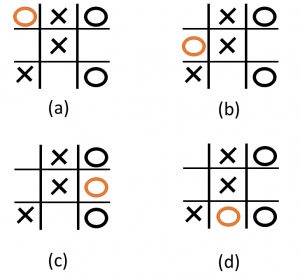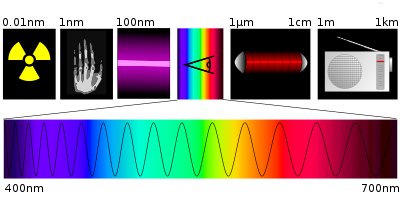This text was published at Worldsensing webpage
Wireless Sensor Networks (WSN) are based on the concept of tiny devices, with a set of sensors and a radio to send the results to a dedicated server or the Internet. This radio infrastructure has been typically designed keeping in mind the state-of-the-art on radio transceivers with low power consumption, fairly high throughput (up to Mbps) and short range (100 meters max). The solution that almost everybody has found has been to build a mesh network of devices, with a medium to low range between the nodes of the mesh. In these designs, data is sent from one device to another until the data reaches the sink node which itself is connected to the Internet in a more traditional way (3G, GPRS, Ethernet).
These mesh networks have several problems. One of them is the synchronization between devices: because each device has a different clock drift, it is mandatory to synchronize often the whole network, leading to raising energy consumption; another problem is the asymmetry on the devices consumption, meaning that not all devices drain power at same rate: this is because nodes closer to the sink will act as repeaters to other devices. This phenomenon complicates the operational costs of the network maintenance, even limiting the use of energy harvesting techniques in some of the devices in the same network. Other operational costs of these mesh networks are in the use of repeaters to enhance coverage of some parts of the deployment. It is not easy to detect these dark zones, and usually one needs trained people to do the installation. Continue reading »

